In an age when women were expected to host tea parties, not face crocodiles, Mary Kingsley shattered every Victorian expectation. Her name may not ring as loudly today as other explorers of the era, but in the late 19th century, her journey through the heart of West Africa left Britain in awe and disbelief. She wasn’t charting the Amazon or climbing the Himalayas, but her solo expeditions through some of the most dangerous and unfamiliar terrains on the continent were nothing short of legendary.
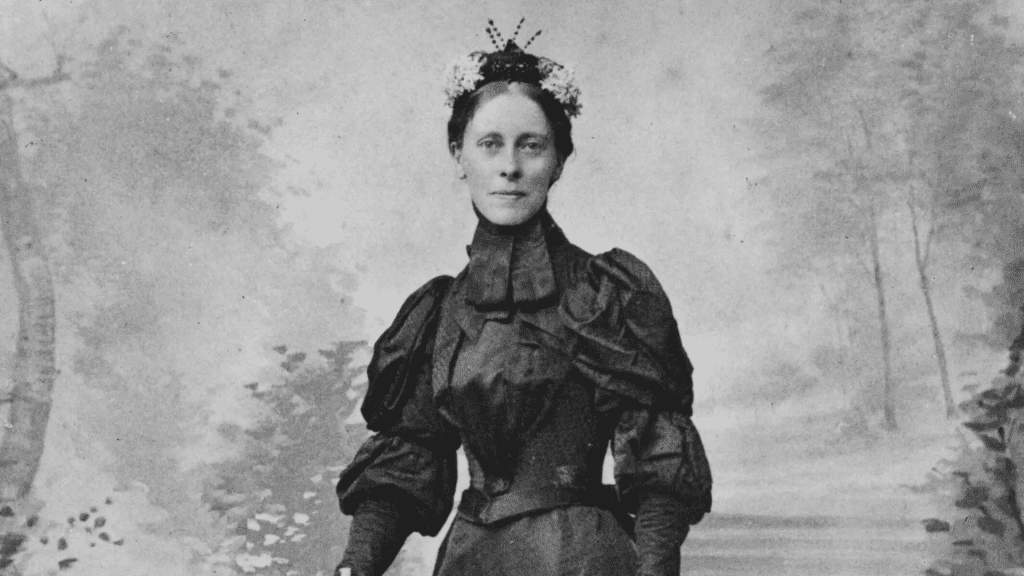
From Quiet Upbringing to Audacious Expedition
Born in 1862 in London, Mary Henrietta Kingsley lived much of her early life quietly, caring for her ailing parents. She had no formal education and little opportunity to travel during her youth. Yet she was surrounded by books and tales of far-off lands thanks to her father, George Kingsley, who was a writer and doctor with a deep interest in exploration.
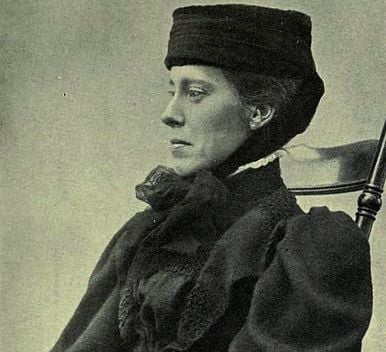
It wasn’t until both of her parents died in 1892 that Mary now in her early thirties decided to do something radical: she would venture to West Africa. Not for fame. Not for science. But to gather materials for her father’s unfinished work on African religions and societies. And so, in 1893, she boarded a steamship bound for the continent, alone.
Video:
Mary Kingsley 🗺⛵️ WORLD EXPLORERS 🌎👩🏽🚀
Solo, Fearless, and in Full Victorian Dress
What makes Mary Kingsley’s journey so astonishing isn’t just the fact that she traveled alone, but how she did it. Clad in full Victorian attire high-necked dresses, corsets, and multiple petticoats she navigated thick jungles, swamps, and tropical heat. When asked why she wore such cumbersome clothing, she famously replied that it was practical: her petticoats once helped keep her afloat after a canoe accident.
Her first trip to West Africa lasted several months, during which she studied local customs, collected fish specimens for the British Museum, and traveled upriver into uncharted territory. But it was her second journey in 1894 that sealed her place in history. On this trip, she ventured deep into Gabon, often traveling by dugout canoe along crocodile-infested rivers and across mosquito-ridden swamps.
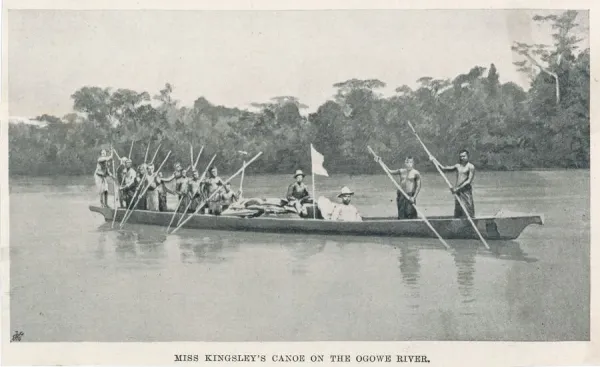
Living Among Tribes and Facing Danger
Unlike many European explorers of the time, Mary didn’t approach Africa as a place to “civilize.” Instead, she observed with deep respect. She lived among various tribes, including the Fang people — who were widely labeled as “cannibalistic” by Western accounts. While Mary confirmed some aspects of this claim, she also worked to dispel many of the myths and sensationalism that plagued African cultures in British society.
Video: The contributions of female explorers – Courtney Stephens
She once described being woken in a remote hut by a rat chewing her hair and, another time, recalled fending off a leopard that lunged at her canoe. And yet, through all the danger, her tone remained measured, often humorous, and deeply human. She wrote vividly about her experiences, noting both the hardships and the beauty of the lands and people she encountered.
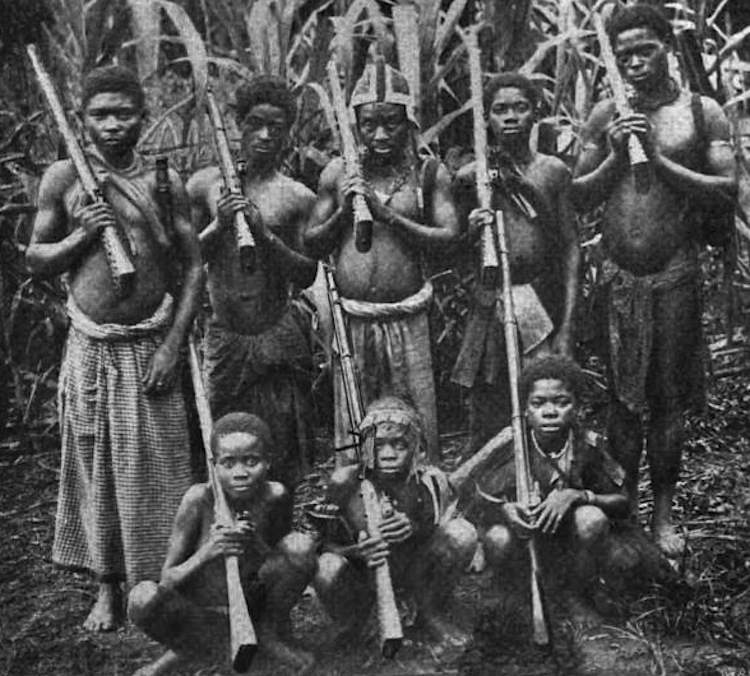
Legacy of an Unconventional Hero
Mary Kingsley returned to Britain and quickly gained attention for her detailed and witty lectures, most of which were delivered to rooms full of skeptical men. She published two influential books: Travels in West Africa (1897) and West African Studies (1899), both of which offered scientific observations alongside personal stories that broke stereotypes and sparked debate.
She continued to advocate for more respectful treatment of African cultures and criticized missionary efforts that she felt disrupted traditional societies. During the Second Boer War, Kingsley volunteered as a nurse in South Africa, where she tragically contracted typhoid and died in 1900 at just 37 years old.
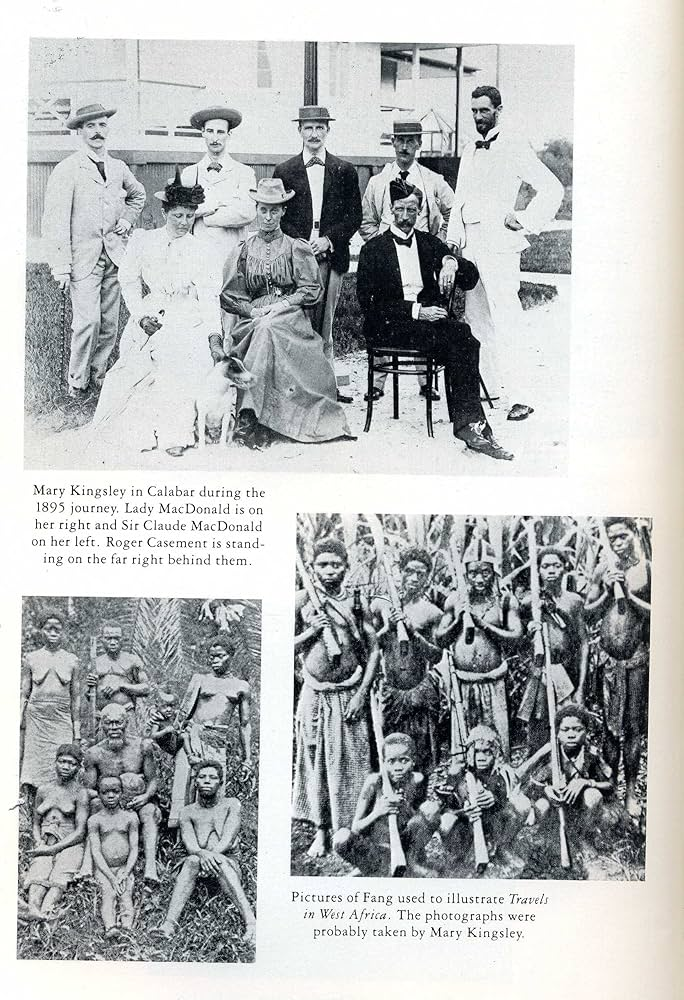
A Forgotten Name Deserving of Recognition
Though Mary Kingsley’s name doesn’t always appear alongside the great explorers of history, her courage, intellect, and independence make her story truly unforgettable. At a time when most women couldn’t vote or travel alone, she dared to go where even many men wouldn’t and did it all without abandoning who she was. Petticoats and all.
Her legacy continues to inspire those who challenge convention, those who walk into the unknown with open minds, and those who believe curiosity should never be limited by gender.


